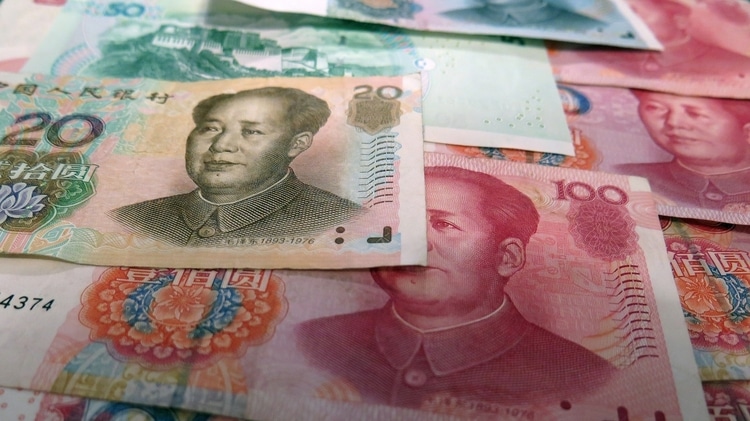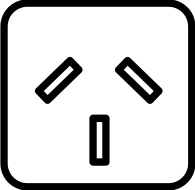What To Expect
China is the most-visited destination in East Asia and it comes as no surprise when you look at all the spectacular sights it lays host to. From East to West, China is a massive country home to many different climates, landscapes, and cultures.
When people usually visit China, they typically go to Beijing which is the capital city and home to the Great Wall, Shanghai which is the country’s largest city and full of things to do, and Xi’an which is China’s most famous ancient capital and filled with history, but there is so much more to the country!
In the South, you have the tropical island of Hainan which is experiences amazing climate year-round and is a top vacation destination for many of the Chinese. In addition, you have Guilin which many have dubbed as the most beautiful place in the world due to its scenery.
In the West, you have the amazing province of Tibet which is totally different to the rest of the country in both culture and scenery and feels more like Central Asia than China. And if you want to see Giant Pandas, you have to visit the city of Chengdu.

China has a very restrictive visa policy, only allowing citizens from 18 countries to have visa-free access to the country. Most travelers to China will have to apply for an L visa in advance at the nearest Chinese embassy which is valid for up to 30 days in the country. Citizens of some countries (including Canada, the UK, and the US) can also apply for multiple-entry visas that are valid for up to 10 years, depending on the country.
The Hepatitis A and Typhoid vaccines are recommended, especially if traveling to rural areas. Also make sure you are up to date on your standard vaccinations and consult a health professional for further advice.
In addition, a Yellow Fever vaccination is mandatory if you are traveling to China from a country with a risk of YF transmission, including if you only passed through the airport.

This page may contain affiliate links which means I get a small commission, at no extra cost to you, if you make a purchase with them. This helps keep the site running and the travel tips coming! For more info, check out my Privacy Policy & Disclosure.
Key Information
Population: 1.4 Billion
Capital City: Beijing
Languages Spoken: Mandarin + other dialects of Chinese
Currency: Renminbi (RMB) / Chinese Yuan (CNY/¥)
State Railway: China Railway (use Google Translate)
Driving Side: Right
Largest Airports:
1. Beijing (PEK) – Capital
2. Shanghai (PVG) – Pudong
3. Guangzhou (CAN) – Baiyun
4. Chengdu (CTU) – Shuangliu
5. Shenzhen (SZX) – Bao’an
Best Time To Visit
Keep in mind that the weather in the China varies by region. The country is vast and contains multiple different climates within its borders. Generally, the northern provinces will be colder than the southern ones, but it varies by region. It’s best to research what the weather will be like for the specific province or region you plan on visiting.
The best time to visit China is during its shoulder seasons (September-October & March-April) when you aren’t surrounded by a million other tourists and the weather is not too hot, but not too cold either. Your flights & accommodation will be cheaper and you won’t have to wait in long line-ups when visiting some of the main attractions.
If you have to travel during the high season, make sure to book your transportation and accommodation in advance as the summer is the busiest time of the year in China!
High Season: May – August
Low Season: November – January
Top 5 Destinations

Great Wall

Beijing

Shanghai

Xi'an

Tibet
Currency Information

The currency used in China is the Renminbi (RMB), more commonly referred to as the Chinese Yuan (CNY/¥). The notes come in denominations of ¥1, ¥5, ¥10, ¥20, ¥50, & ¥100. The Yuan is further divided into 10 Jiao (or Mao).
The coins come in denominations of 1 Jiao (¥0.1), 5 Jiao (¥0.5), & ¥1. The Jiao also divides further into 10 Fen, but Fen coins are not of any practical use due to their low value.
Use the currency converter below to determine the latest exchange rate.
Tipping Guide
Tipping is not customary in China and in some locations, it’s actually illegal to accept them. Many locals may even take offensive to getting offered tips so just don’t do it.
However, this does not apply to tour guides, to whom you should be giving a tip of 10-15% of the total tour price on single-day tours and at least ¥50-¥100 per day on multi-day tours.
Another exception comes from high-end hotels where you should tip bellhops ¥10-¥20 per bag and fancy restaurants, where a service charge of 10% will most likely already be added to your bill.
Power Outlet Information



China uses three different types of power outlets: Type A, Type C, & Type I. It is a good idea to have an adapter for all three types in case you can’t find a compatible power outlet for your electronic devices.
Get your compatible Type A adapter here.
Get your compatible Type C adapter here.
The voltage used in China is 220V. Learn more about how this may affect your electronic devices in my Guide to the Top Travel Accessories.

Cellphone Information
China has great 4G LTE coverage, but it can be spotty in rural areas. Make sure your phone is GSM-compatible with at least one of the 3G frequencies and one of the primary 4G LTE bands used in the country to ensure you will always have a connection.
Learn more about this in my Guide to Travel-Ready Phones.
Information about local prepaid SIM cards in China
Calling Code: +86
Emergency Numbers: 110 (Police), 120 (Ambulance), 119 (Fire)
3G Frequencies Used: 2100 & 900
4G LTE Bands Used: 3 & 41 (primary) + 1, 5, 8, 38, 39, & 40


